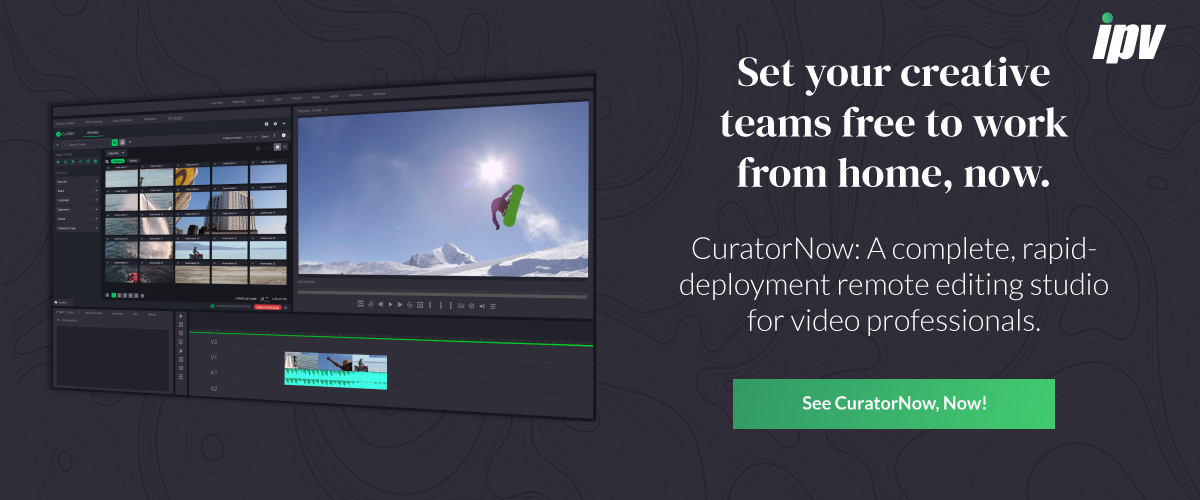
Whatever your business is trying to say to its target audience, it needs to say it with video. The way in which your customers use the internet is changing. More and more of them are accessing the internet in short bursts, on their mobile devices and (increasingly) while they’re on the go. Perhaps this is why 83% of marketers believe that video is an increasingly important consideration in engaging their audiences.
We all love video. It’s an easy medium to consume, it isn’t as demanding to our overtaxed attention spans as long form content, and it can convey a lot of information quickly and efficiently. It’s perfect for us to consume on our coffee break, on the train to work or even (for 80% of men and 69% of women) in the bathroom. Indeed, 96% of smartphone users under the age of 23 won’t even go into the bathroom without their phones!
Whoever and wherever your target audience is, video is the perfect medium to engage them. So make sure that these indispensable video marketing tools are part of your marketing arsenal.
1. Vimeo
When it comes to online video platforms, it goes without saying that YouTube is often the first to come to mind. However, while YouTube is a massive platform, the volume of content on the platform can make it hard to get yourself noticed at the expense of your competitors. This is why many content creators, especially those in the creative niche, eschew Youtube for Vimeo.
Founded in 2004, Vimeo actually predates YouTube and has around 240 million active users at last count. While this may be a drop in the ocean compared to YouTube, this smaller, creatively minded niche audience may be more receptive to your message than the masses on YouTube. And because Vimeo uses a subscription model rather than relying on paid ads, you know that your target audience won’t need to worry about irritating adverts impinging on your message.
Vimeo allows you to upload large sizes of high quality video and it operates at a higher bitrate compared to YouTube. Not only this, the subscription plans Vimeo offers provide more flexibility with what you upload. Vimeo Plus also has many customization options, such as the color, branding and titles of the Vimeo player, allowing you to customize it tailored to your business’ branding. The Vimeo Business plan will also allow businesses to put lead generation options in place, including email capture and custom call-to-actions directly in the video.
Vimeo lets you more easily make updates and edits to existing videos — you can even replace the source file of the video without breaking the link or embed code, so there’s no need to re-embed videos if you have them uploaded elsewhere, like your website. What’s more, you have privacy filter options, so your content can be protected and be visible when you need.
It’s clear that a presence on Vimeo is a great way to get your video marketing strategy started, and it can supplement your YouTube presence even if it doesn’t supplant it.
2. Falcon.io
In order to engage your target audience and build momentum in your campaigns, you don’t just need great content, you also need a great content schedule. One that’s attuned to key events and trends in your industry as well as seasonality and holidays.
Falcon.io provides users with its own content calendar which makes it easy to plan, create, schedule and share content in collaboration with your marketing team. It also allows for the easy creation of effective marketing pages using a campaign builder which leverages a range of pre-designed templates.
It provides APIs that deliver key metrics which can help you to stay agile and proactive in your scheduling with social data, audience and content metrics. It also has a range of integrations with CRMs, analytics suites and Video Asset Management systems.
3. Adobe suite
If you’re creating video of any sort, you’ll find it easier with Adobe’s creative suite which incorporates a wealth of great programs including Premiere, Illustrator and, of course Photoshop.
Premiere Pro is one of the most popular timeline-based video editing apps in the world with an intuitive interface and powerful capabilities. Likewise, Illustrator is an extremely popular vector graphics tool that is used by legions of creatives to make logos, credit sequences and all kinds of other motion graphics. It’s likely that Photoshop needs no introduction, although you may not be aware that users can edit video, change color grading and apply adjustment layers in post production.
Between them, these three programs can make a powerful trifecta which are invaluable for those who want to make high quality video assets that showcase their brand beautifully.
4. Frame.io
Frame.io is a collaboration tool that’s designed to counter the frustrations and pain points of busy production houses and their clients. It allows users to create video projects, add any number of collaborators to them, and drag and drop video files from their hard drive to the cloud so that all can share the file and collaborate on it within the dashboard. Its user-friendly interface and real-time collaboration capabilities make it easy to work with outsourced third parties or facilitate remote working for busy teams.
Reviewing is easy. Users can simply highlight areas of the frame that they want to focus on and use a writing tool to send messages to collaborators who can then reply if necessary. What’s more, users can compare different iterations of their video clips side by side, playing them together at the same time to see which flows better or communicates information more effectively.
5. Curator
Finally, if you want to stay ahead of the demand for high quality video and ensure that your audience gets a steady stream of content to engage with, you should seriously consider investing in a Media Asset Management (MAM) platform like Curator.
Curator is essential in keeping track of your archives and video repository, and it makes it easier to access your archived assets when you need to reuse or repurpose them. The platform prevents time from being wasted searching for clips by adding complex and uniform metadata at the point of ingest.
Better still, Curator also leverages cutting edge object recognition to enhance metadata, making it easy to search through your archives for a specific image, brand logo or even line of text in a subtitle. Just like pressing “CTRL+F” on a text file.
Like Frame.io, Curator allows for easier collaboration with third parties such as freelance editors with capabilities that go beyond file sharing — they allow for seamless real-time collaboration using low resolution proxies of master files, so there’s no need to worry about unwieldy file sizes. And because they use NASA-level encryption and centralized access privileges, security is not an issue at all.
If you can’t wait to roll out a new system, we’ve developed CuratorNow to provide near instantaneous access to most of the benefits included within the full Curator package. Using Curator’s core tools, CuratorNow makes it easy for remote workers to collaborate quickly on any video projects, and it’s still easy to scale and upgrade when needed.
Best of all, Curator can also integrate with the above marketing tools. So you and your creative team get access to every marketing tool you could ever need within the same interface.


Speak Your Mind